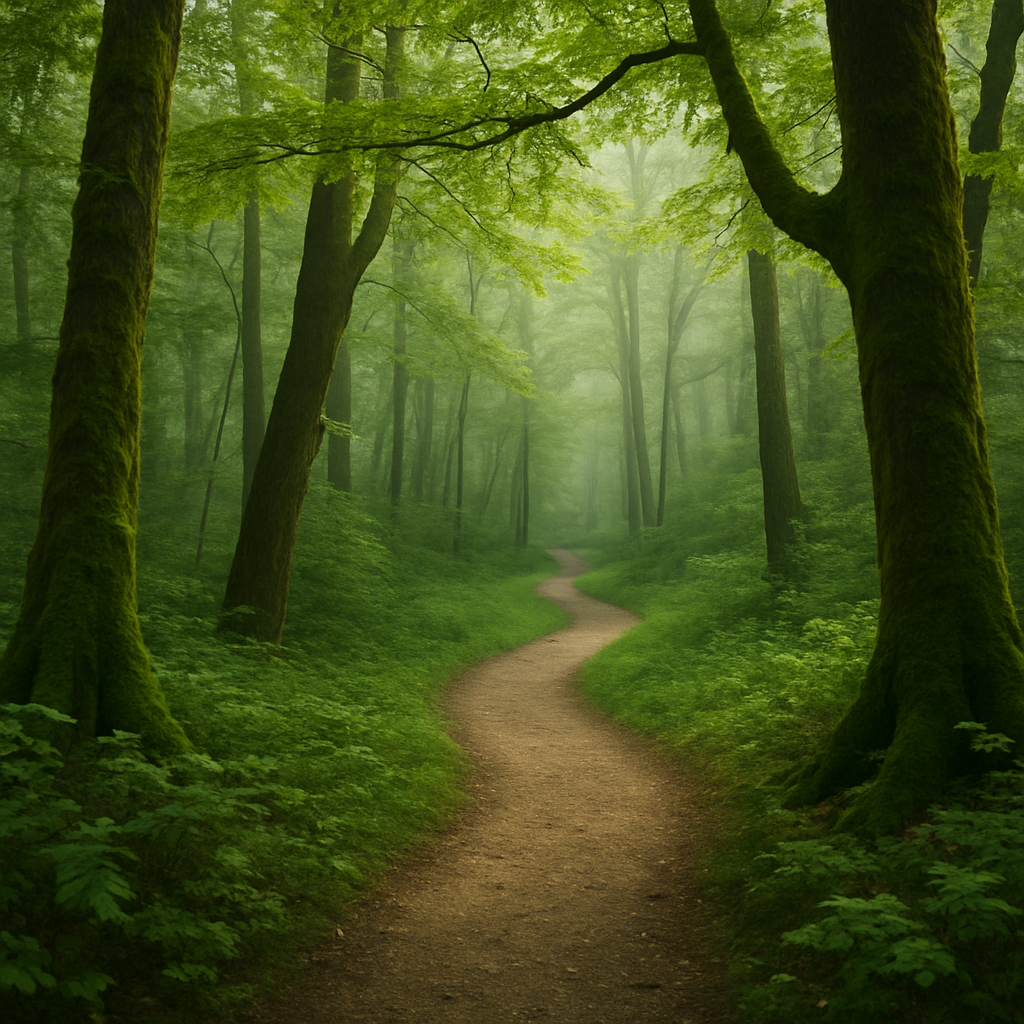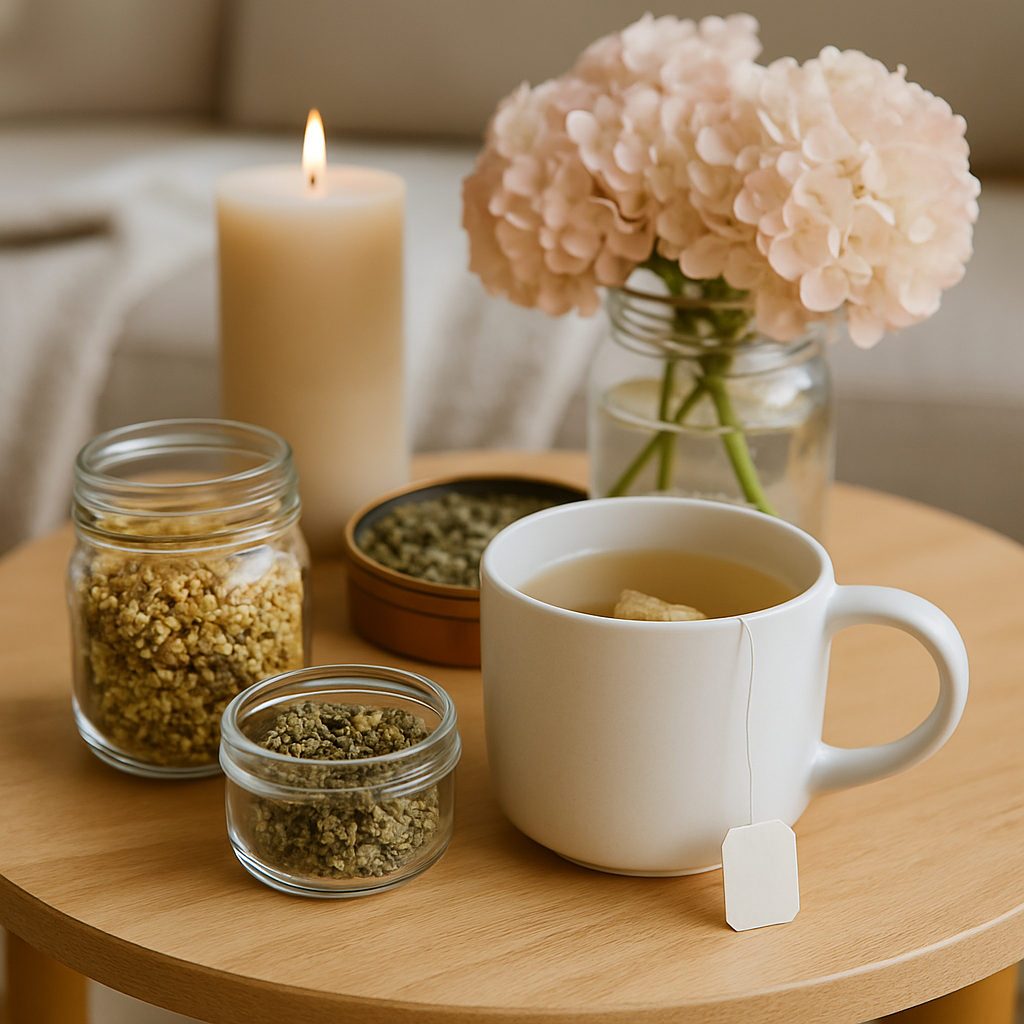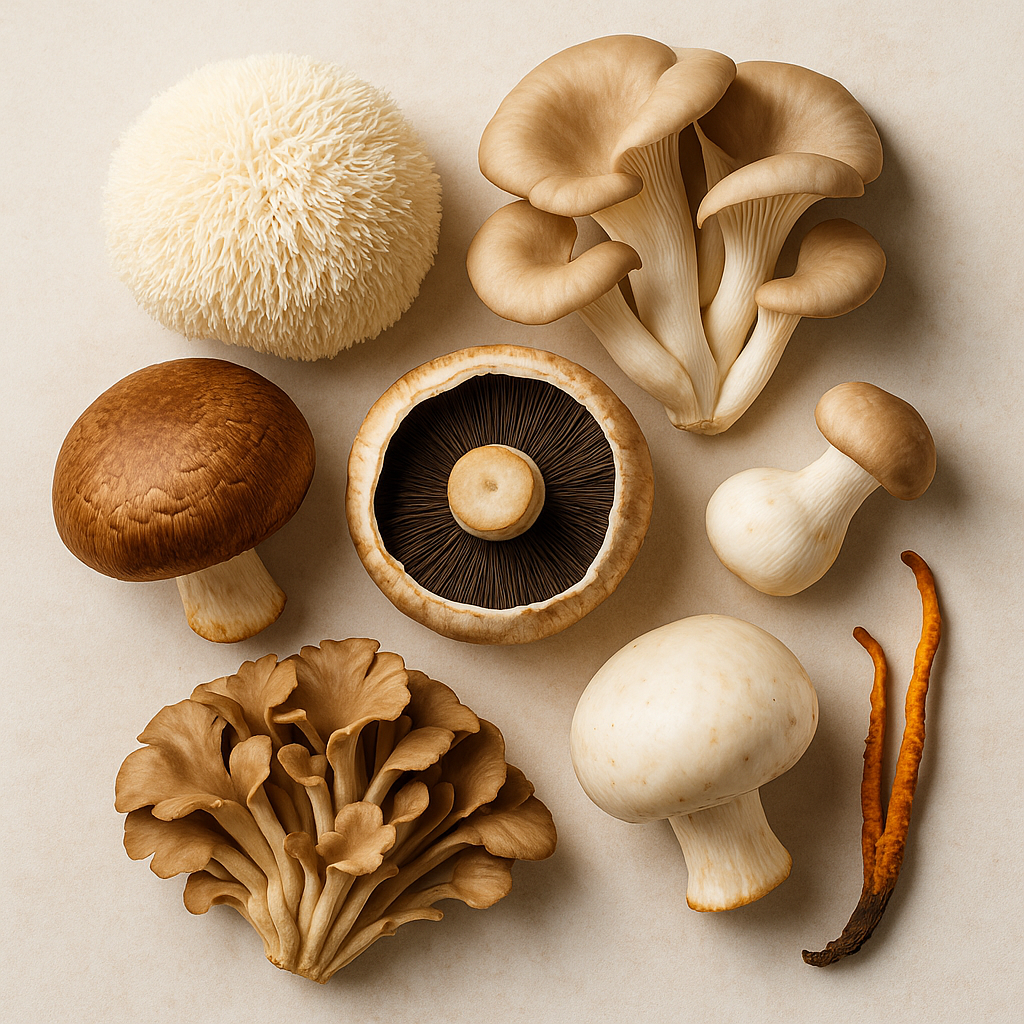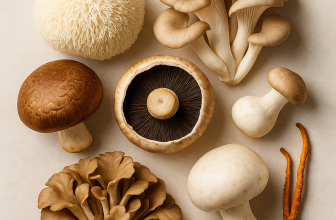
In our hyper-connected, screen-filled world, the idea of walking slowly through the woods — without headphones, notifications, or even a destination — might sound unfamiliar, even unproductive. But this simple practice, known as forest bathing (or Shinrin-yoku in Japanese), has become one of the most grounding and effective forms of natural wellness in modern life.
It’s not about exercise or hiking goals. Forest bathing is about being present — using your senses to connect deeply with the natural world around you, one quiet step at a time.
What Is Forest Bathing?
Originating in Japan in the 1980s, forest bathing was developed as a response to the rise in stress-related illness, burnout, and urban living. The idea is beautifully simple: spend intentional, unrushed time in nature, particularly among trees, and allow the environment to calm your body and mind.
You don’t need a forest or a national park to practice it. A trail, local woods, nature reserve, or even a quiet green area in your neighborhood can serve the same purpose. What matters most is your attention, not the location.
The Science Behind the Calm
Forest bathing isn’t just poetic — it’s backed by science. Studies show that spending time among trees can:
- Lower cortisol levels (the stress hormone)
- Reduce blood pressure and heart rate
- Improve mood and focus
- Boost the activity of natural killer (NK) cells, a key part of your immune system
This happens through a combination of factors: exposure to phytoncides (plant compounds released by trees), time away from overstimulating environments, and the soothing rhythm of nature itself.
Even short sessions — 20 minutes to an hour — have been shown to positively affect the body and mind.
How to Practice Forest Bathing
Forest bathing doesn’t require gear, schedules, or performance. It’s a sensory experience, and everyone can do it. Here’s how to get started:
1. Leave distractions behind
Put your phone on airplane mode or leave it behind if you feel safe doing so. This is time to disconnect from digital noise and reconnect with your surroundings.
2. Slow your pace
Walk slowly and without a goal. Let your body guide you. There’s no need to “get somewhere” — the path itself is the purpose.
3. Engage your senses
- What do you see? The texture of bark, the movement of leaves?
- What do you hear? Birds, branches creaking, the wind?
- What can you feel? The ground beneath your feet, a breeze, sunlight?
- Can you smell the earthy scent of trees or plants around you?
This gentle sensory engagement is the heart of the practice. It brings you into the present and grounds your awareness.
4. Pause and breathe
Find a spot that feels peaceful and sit or stand still for a few minutes. Breathe deeply and simply notice what’s around you. If your mind wanders, gently return your focus to the environment.
Making It a Habit
Forest bathing can be a one-time reset or a regular ritual. Even if you live in a city, visit a nearby park or green space weekly. The more consistently you return to nature, the more your nervous system will learn to respond with calm and clarity.
You can forest bathe alone or with a friend — just be sure to share the intention of moving quietly and observing without distraction.
Forest Bathing Indoors?
While the full benefits are best experienced in natural spaces, you can bring some of this calm into your indoor environment:
- Display forest-inspired art or nature photography
- Use essential oils like pine, cedarwood, or fir
- Play forest soundscapes while you work or rest
- Decorate with wood, moss, or other natural textures
These sensory cues can help remind your body of the natural rhythms it craves — even when you’re indoors.
Conclusion
Forest bathing isn’t a trend — it’s a return. A return to the quiet wisdom of nature, to the simple act of noticing, and to your own breath and body.
You don’t have to escape to the wilderness to practice it. Just step outside, move slowly, and let the trees remind you what it feels like to be connected — not just to the world around you, but to yourself.
A forest walk isn’t about getting somewhere. It’s about being here, now. And sometimes, that’s exactly what we need most.






